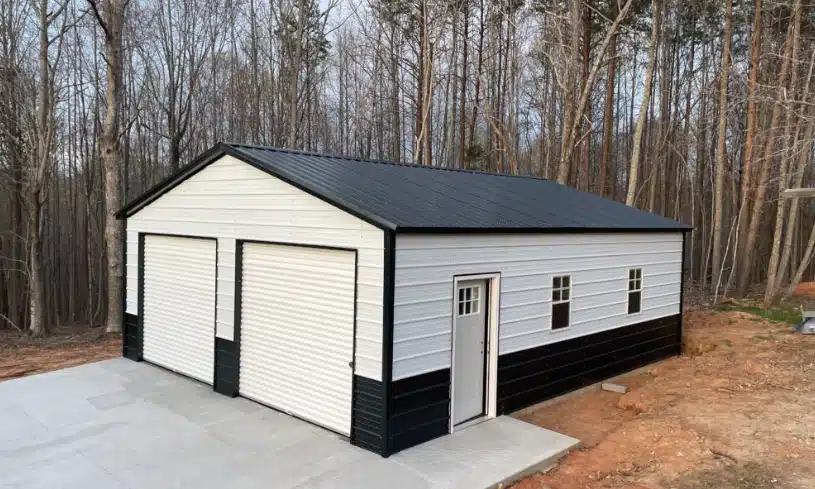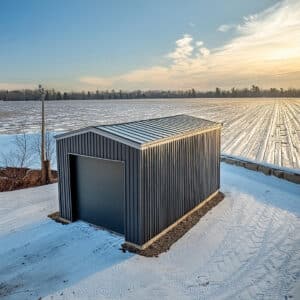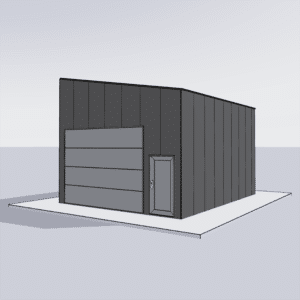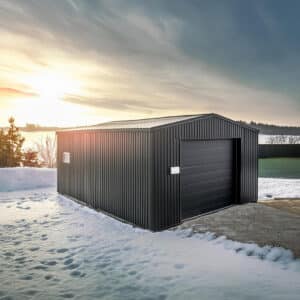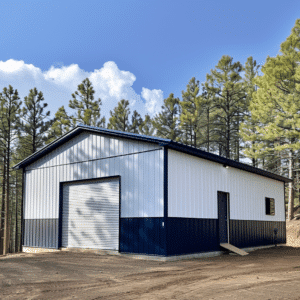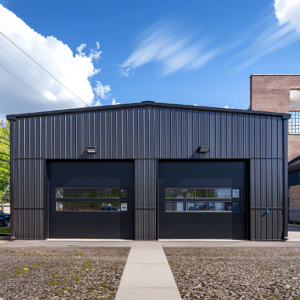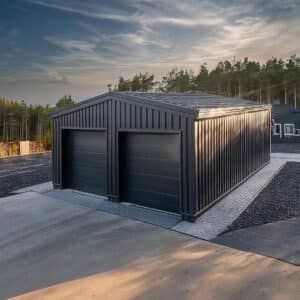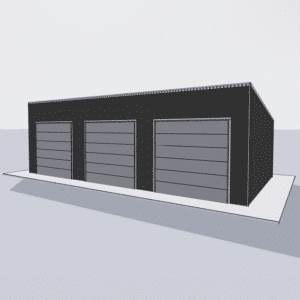Introduction to Eco-Friendly Steel Construction
In today’s world, the shift towards sustainable and eco-friendly construction materials is more important than ever. Environmental benefits aren’t just a corporate buzzword—they’re a necessity. Amidst the plethora of options available, steel stands out as a strong and viable contender. But what makes steel eco-friendly, and why is it becoming the go-to material for sustainable construction projects?
Using steel might initially seem counterintuitive to those familiar solely with its industrial applications. However, when you delve into the qualities of eco-friendly steel, it becomes apparent how it supports sustainable development goals. It’s time to explore the environmental harmony created when steel meets eco-friendly construction needs.
The Green Revolution: Understanding Eco-Friendly Steel
Eco-friendly steel is about more than just recycling. It encompasses a comprehensive approach to steel production, allocation, and waste reduction. Steel’s recyclability—often underestimated—is one of its most significant advantages. In fact, steel can be recycled multiple times without losing its strength and structural integrity, which forms the backbone of this material’s sustainable credentials.
Moreover, steel construction incorporates cutting-edge technologies and techniques to reduce carbon footprints associated with building processes. This not only facilitates a greener environment but also results in Green & Sustainable Steel Building initiatives gaining ground globally.
The Lifecycle Assessment: Maximizing Eco-Friendly Benefits
Let’s consider a lifecycle assessment. This systematic approach evaluates the environmental aspects and potential impacts associated with a product, process, or service. By analyzing the cradle-to-cradle lifecycle of steel, it becomes evident why it’s pivotal for sustainable construction.
From production through end-of-life recycling, steel delivers efficiency and environmental benefits that align with eco-friendly building needs. According to the Sustainability in Steel Construction guideline, steel buildings require minimal maintenance, translating to fewer resources used over their lifetime. These efficiencies contribute significantly to reducing waste and contribute to a greener planet.
Environmental Benefits of Steel in Construction
The case for eco-friendly steel extends to tangible benefits during the construction phase. Beyond recyclability, steel construction offers an array of environmental benefits:
– **Reduced Waste:** Steel components can be manufactured off-site and quickly assembled, resulting in minimal on-site waste.
– **Durability and Longevity:** Steel’s robustness ensures a long life cycle, providing significant environmental benefits over less enduring materials.
– **Energy Efficiency:** Steel buildings are often more energy-efficient. They facilitate better insulation strategies, reducing heating and cooling demands.
These factors make steel an ideal choice not only for residential buildings but also for other specialized structures like Agricultural Steel Buildings.
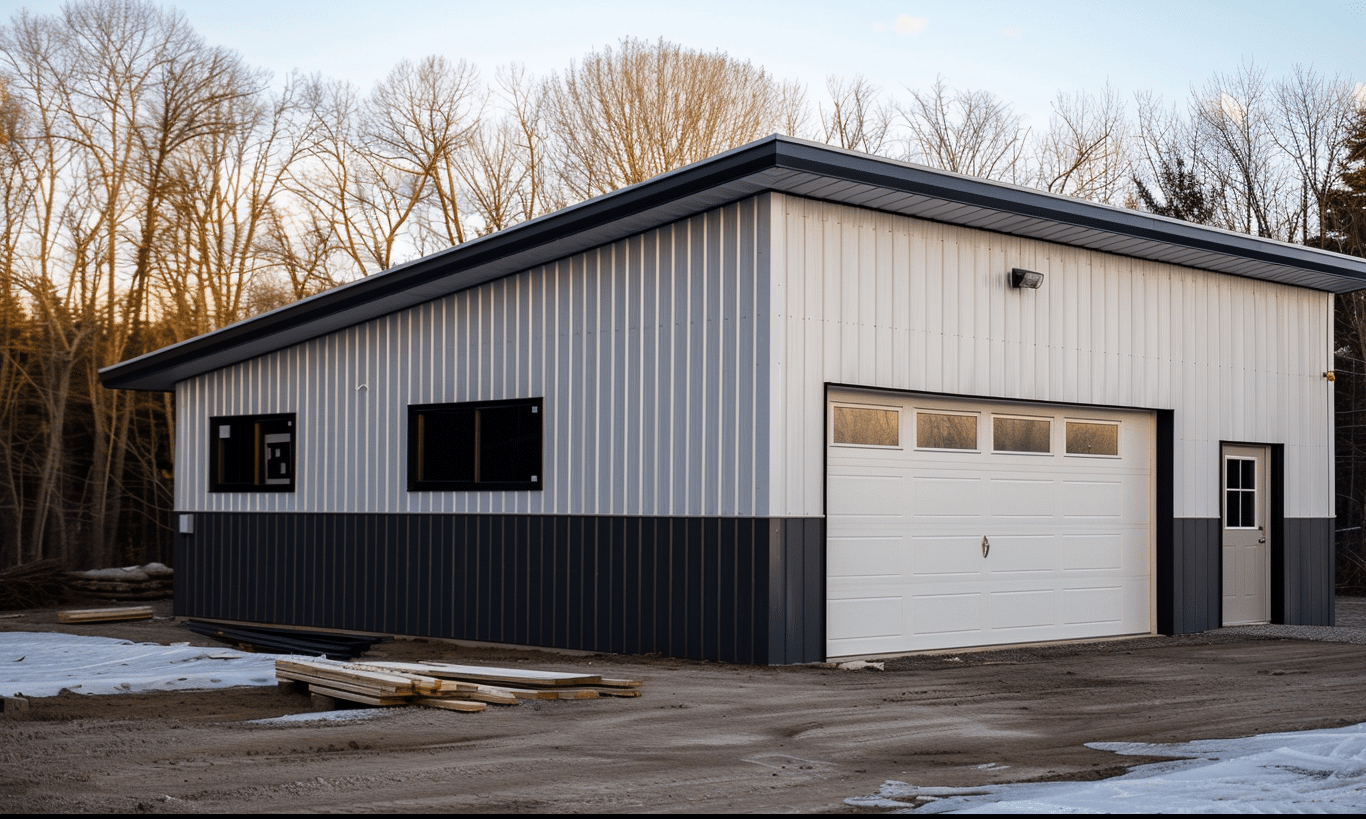
Steel and Energy Conservation
Energy conservation is another critical consideration in the eco-friendly steel narrative. The inherent strength of steel allows for the design of lighter buildings that require less foundation work. Moreover, the innovative integration of Green Tech in Steel further boosts energy efficiencies.
Incorporating solar panels and sustainable HVAC systems into steel structures can dramatically reduce fossil fuel consumption, decreasing the overall environmental impact of buildings. It’s a prime example of how steel construction aligns with green energy solutions, providing a veritable boost to environmental conservation efforts.
Flexibility, Adaptability, and Future-Proofing with Steel
The flexibility offered by steel goes hand in hand with sustainable construction. Changes and extensions to a steel structure are relatively straightforward, enabling future-proofing of buildings. This adaptability ensures that buildings can evolve over time without the need for demolition and reconstruction, which is energy-intensive and costly.
Moreover, because of steel’s structural capabilities, modifications are typically less wasteful. This adaptability makes steel a preferred choice in developing infrastructure that can scale and adapt in response to evolving needs and environmental standards.
Resilience and Safety: Additional Eco-Friendly Characteristics
In a world where extreme weather events are becoming more frequent, resilience and safety are crucial. Steel buildings are particularly resilient to natural disasters such as earthquakes, strong winds, and even fires. Their strength not only ensures safety for occupants but also decreases the need for repeated repairs or replacements, subsequently reducing environmental pressures associated with rebuilding efforts.
It’s clear that the environmental and structural benefits of steel align with broader sustainable development goals, placing it as a frontrunner material in the eco-friendly construction sphere.
Conclusion: Embracing a Steel Future
Eco-friendly steel is not just a trend—it’s a transformative approach to sustainable construction. The material’s recyclability, strength, energy efficiency, flexibility, and resilience make it an ideal choice for modern, sustainable architecture. As we continue to confront the challenges of climate change and resource scarcity, steel promises a viable path forward, reinforcing our commitment to a sustainable future.
By leveraging the potential of steel, we can ensure that our buildings are not only functional and safe but also in harmony with the planet. For those committed to sustainable building practices, exploring the Environmental Benefits of Steel Buildings is essential. Embrace steel, embrace sustainability.


